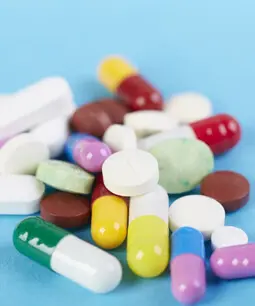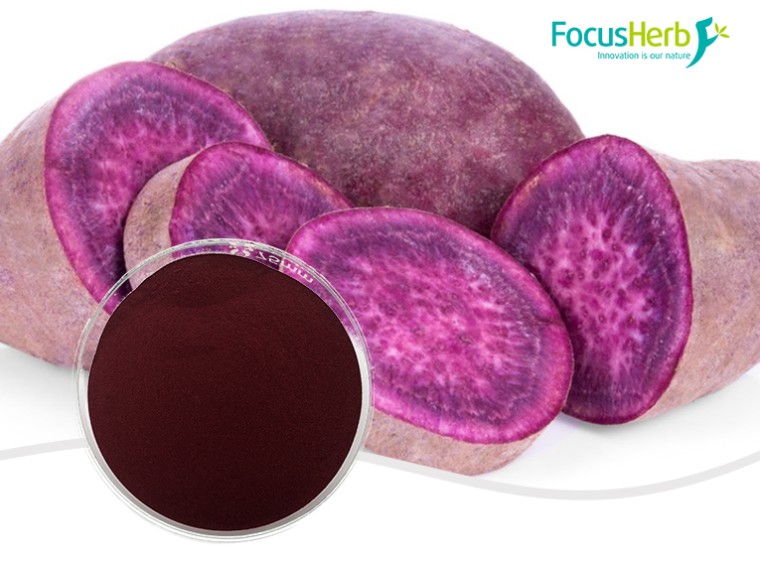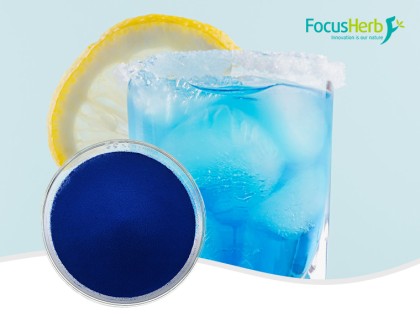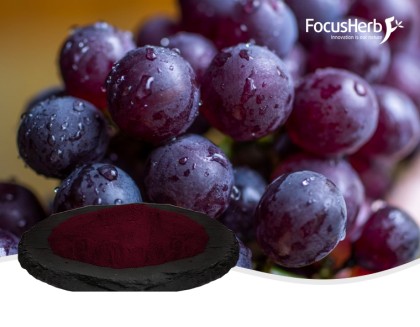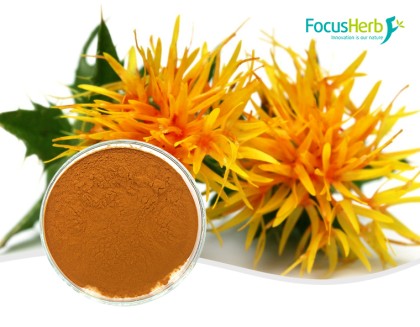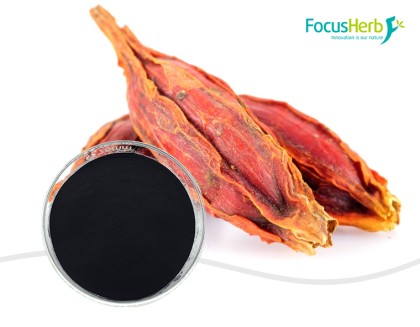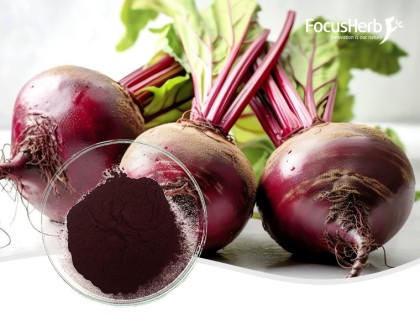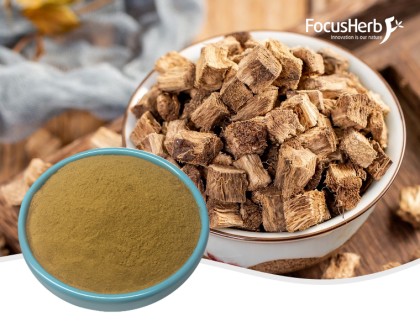Natural Colorants
Purple Sweet Potato Color
- Appearance: Purple-red to Dark Purple Fine Powder
- Particle Size: 80mesh
- Color Value:E30-90
- Extract solvent: Ethanol
- Solubility :100% water soluble
- Certified :Kosher, HALAL, FDA, ISO
PRODUCT INTRODUCTION
Purple Sweet Potato Color is a pure natural and water soluble food color which is extracted from purple root tuber of edible purple sweet potato (Impomoea batatas ) planted locally. The process is checking, washing, slicing, extracting, filtrating, purifying, concentrating, sterilizing(purple sweet potato color liquid), spraying & drying(purple sweet potato color powder). The main ingredient is cyanidin acyl glucoside & peonidin acyl glucoside. Purple sweet potato color powder is red to purple red, liquid is brown purple, both has the characteristic odor of sweet potato. It can be dissolved in water & alcohol, propylene glycol solution easily, but not in oil. The color of water solution changes when PH is different. When PH is between2-6, the color is red or purple red .The solution color becomes blue, and is unstable when PH is above 6. The color of solution can’t fade under light for a long time, and also has good resistance to high temperature in an acidic medium.
| Product Name | Purple Sweet Potato Color |
| Botanical Source | Impomoea batatas |
| Appearance | Purple-red to Dark Purple Fine Powder |
| Particle Size | 80mesh |
| Color Value | E30-90 |
| PH | 2.0-6.0 |
| Extract solvent | Ethanol |
| Solubility | 100% water soluble |
| Application | Beverages, Drinks, Candy, Ice cream, Coating of pill, cosmetics etc. |
| Certified | Kosher, HALAL, FDA, ISO |
| Quality | Non-GMO,Non-irradiation, Allergen Free, BSE/TSE Free |
Health Benefits of Purple Sweet Potato Natural Pigments
Superior Antioxidant Capacity, Fighting Free Radical Damage
Anthocyanins are among nature’s most potent antioxidants, with antioxidant capacity far exceeding that of vitamins C and E. They actively scavenge free radicals produced by metabolism, environmental pollution, and UV exposure, reducing cellular damage caused by oxidative stress, thereby delaying skin aging (e.g., reducing wrinkles and improving skin elasticity) and protecting organ function.
Cardiovascular Health Benefits
Anthocyanins inhibit the oxidation of low-density lipoprotein (“bad cholesterol”) in the blood, reducing lipid deposition in blood vessel walls, and preventing atherosclerosis.
They also enhance vascular elasticity, improve blood circulation, and help regulate blood pressure, reducing the risk of cardiovascular diseases such as hypertension and coronary heart disease.
Eye Protection and Relieves Visual Fatigue
Anthocyanins promote the regeneration of rhodopsin in the retina, protecting it from damage caused by blue light and free radicals. They help relieve eye fatigue, improve vision (especially dark adaptation), and reduce the risk of retinopathy.
Anti-inflammatory and antibacterial, boosting immunity
Anthocyanins have certain anti-inflammatory properties, inhibiting the release of inflammatory factors in the body and alleviating chronic inflammatory responses. They also stimulate immune cell activity, enhancing the body’s resistance to pathogens and boosting immunity.
Assisting in metabolic regulation and supporting health management
Working synergistically with the dietary fiber in purple sweet potatoes, anthocyanins can slow the rise in blood sugar after meals, making them a suitable staple food for those with high blood sugar levels.
Their antioxidant properties can also help reduce fat cell accumulation. Combined with the low-calorie and high-satisfaction properties of purple sweet potatoes, they can aid in weight management.
How can we maximize the activity of purple sweet potato’s natural pigments?
Cooking Methods: Prefer low-temperature, short-time cooking methods such as steaming, baking, and boiling. Avoid frying or prolonged, high-temperature stewing to minimize anthocyanin loss.
Pairing Recommendations: Avoid cooking with alkaline ingredients (such as baking soda) to prevent the anthocyanin structure from being destroyed. Pairing with acidic ingredients (such as lemon or vinegar) can help stabilize its activity.
When to Eat: Purple sweet potatoes are best eaten with the skin on (the skin contains a higher concentration of anthocyanins), but they should be washed thoroughly. Fresh purple sweet potatoes should be eaten immediately after cooking to avoid repeated heating.
How to buy Purple Sweet Potato Color?
Just send an email to admin@xafhbio.com, or submit your needs at the bottom, we’re here for you!
Related Products
Have any questions?
Let's get in touch!
Contact us if your are thinking of purchasing highquality ingredients, develop new products, or justsolving a manufacturing challenge in your rawmaterials.










